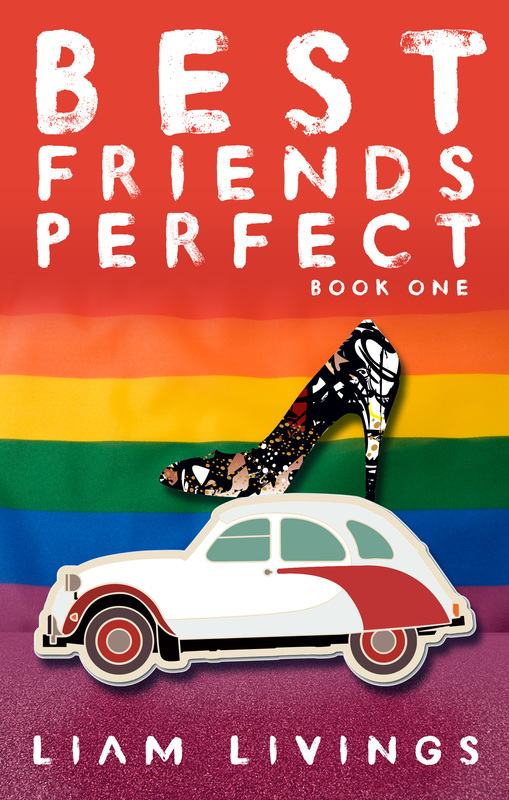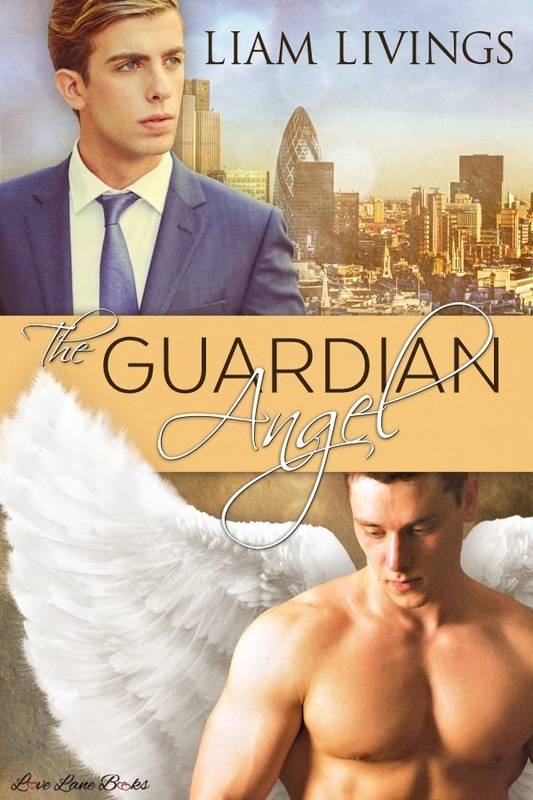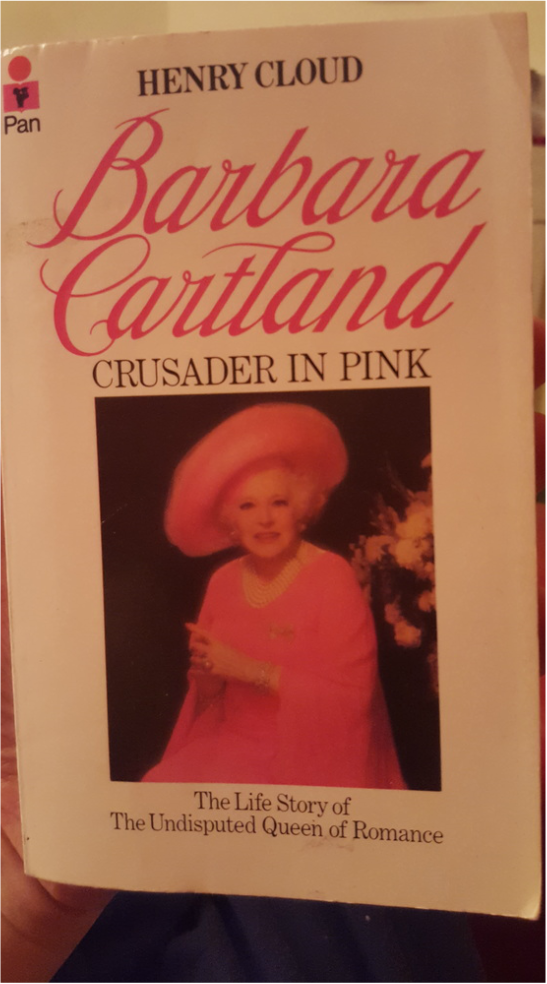Tips from Lord Beaverbrook to Barbara about writing: ‘Never be boring’ Barbara said, ‘I then reduced all the paragraphs in my novels to about three lines – if they were longer the reader skipped them.’
Northcliffe adage, ‘Get names into everything you write, and the more aristocratic the better.’ Snobbery was an important selling point.
Never be boring is a great tip. Similar to the ‘don’t write the bits readers tend to skip’ tip too – which is about removing large chunks of description. Similarly, reducing paragraphs to three lines, aids the reading experience. I’ve also spoken to many romance readers who write exclusively about Dukes and other aristocracy and are selling very well thank you very much. It seems Northcliffe’s assertion still rings true! In addition, keeping language simple and clear in a novel means the reader can enjoy the story without much effort. I also think using deliberately flowery language if it doesn’t move the story forward or isn’t necessary for a character’s role in the story, is essentially just showing off to the reader. Literary fiction tends to ask more of the reader to interpret the meaning of the text.
Genre fiction, by contrast, tells you what you need to know and then moves on. Or, as Janice Radway describes it, in Reading The Romance, ‘simple language of the romantic novel minimizes the labor the reader contributes to the production of the story. This particular linguistic practice then insures that reading will be marked not as “work” but as “pleasure” by the women who indulge in it so frequently.’ (Radway p197) As someone who’s been told by many other authors, story is king, story is king, I don’t think this is a criticism of genre fiction. Fiction is competing with other forms of entertainment – the internet, DVD box sets, TV, netflix, Amazon Prime etc – so if it needs to deliver readers the story very clearly, rather than rolling about in its own beautiful language, I don’t see that as a problem. The fact that someone is reading – which is a much more active form of entertainment than watching TV because the reader still has to use his or her imagination to complete the story - instead of watching another hour of TV is positive.
She had perfected her technique: shorter paragraphs than ever; more and more reliance on direct speech in the narrative; and the action carefully toned down so that no sub-plots or diversions could impede the fortunes of her Cinderella and her Duke. Despite the dire warnings of her publishers, she insisted on steadily producing a minimum of six new books a year.
These techniques have now become what is expected of mainstream genre fiction. Long blocks of text / description are not normal practice in genre fiction, unlike genre fiction from years ago before TV existed – Hardy, Dickens, Austen even have quite an introspective style, with long descriptions. Reliance on direct speech – this is the ultimate in show don’t tell. Nowadays we read novels with an understanding of the conventions of cinema and TV, hence lots of dialogue to show is what the characters are doing, is comfortable easy and immediately dramatic to read. The advice about no sub-plots fits with the conventions of pure romance stories. I’m not talking about women’s popular fiction, or sagas, or anything broader with a romance element – I’m talking about pure romance stories – in the Mills and Boon / Harlequin mould. In gay romance, as in straight romance, these are all about the main coupling of man and man (or man and woman) with little else in sub-plots to distract from the fortunes of the main couple. Radway found with her readers ‘the most striking characteristic of the ideal romances – its resolute focus on a single, developing relationship between heroine and hero – is noticeably absent from those [novels] judged to be failures by the Smithton women.’ (Radway p122)
-------------------------------------
If you want to disappear into an escapist world with an easy to read story, you could try my Best Friends Perfect Trilogy. Here's what others have said about it:
- 'What I found outstanding in this work was how relaxed this tale was written'
- 'Generally, this book was just a completely unexpected breath of fresh air and while it took me a bit to get into the author’s very different style, for me it was completely worth it.'
- 'Liam Livings has written a charming and absorbing read. I loved every page.'
- 'Livings has something to say about friendship and there is more to this book than a fascinating cast of characters. Indeed it is the characters that make this a special read—they are very real and very relatable.'
For more reviews check out this page. It is available on Amazon.com or Amazon.co.uk now.
Liam Livings xx




 RSS Feed
RSS Feed
